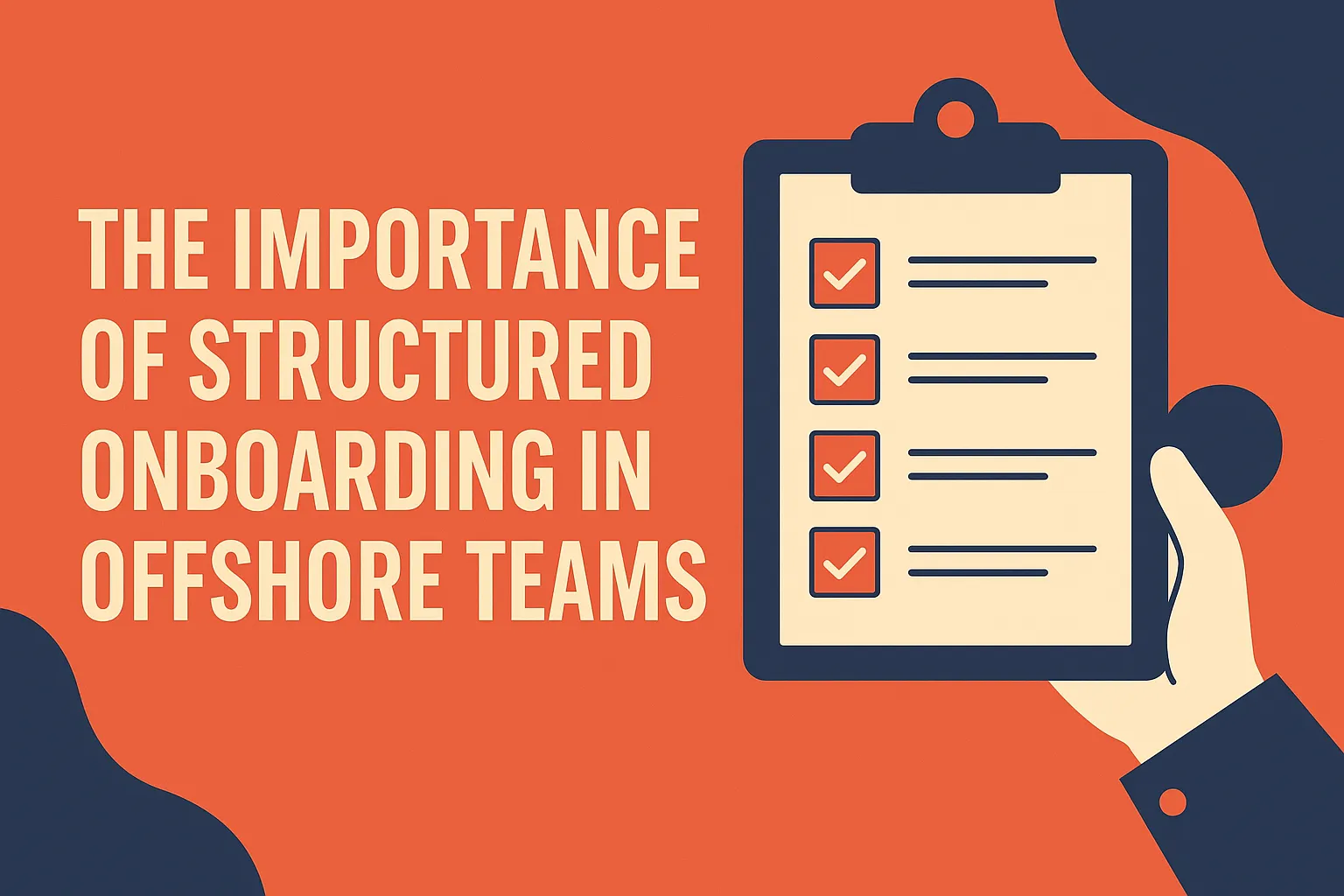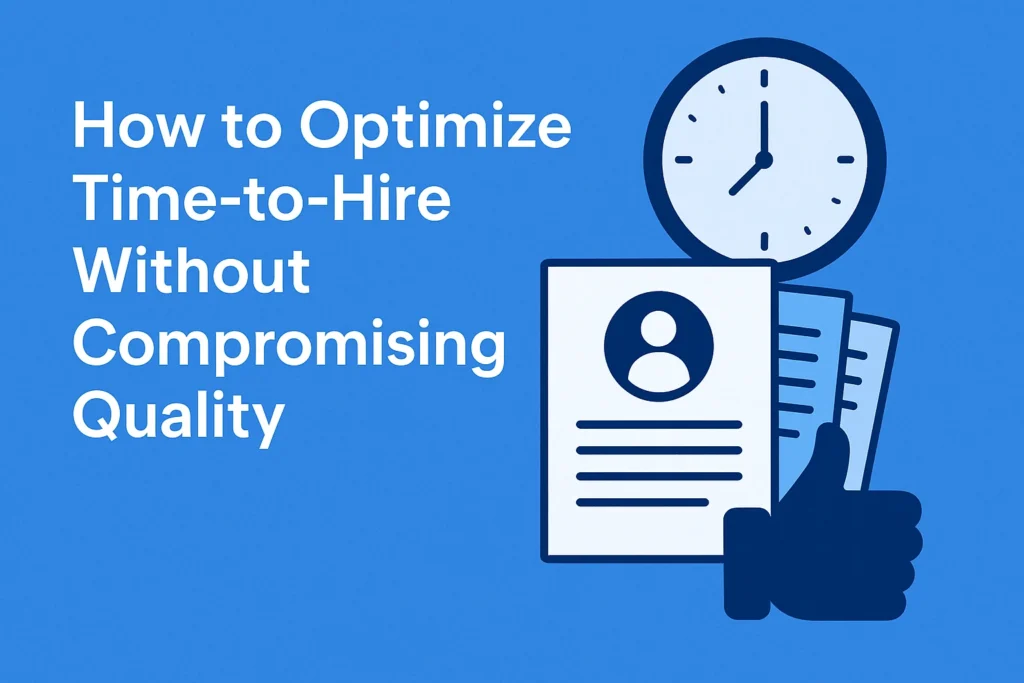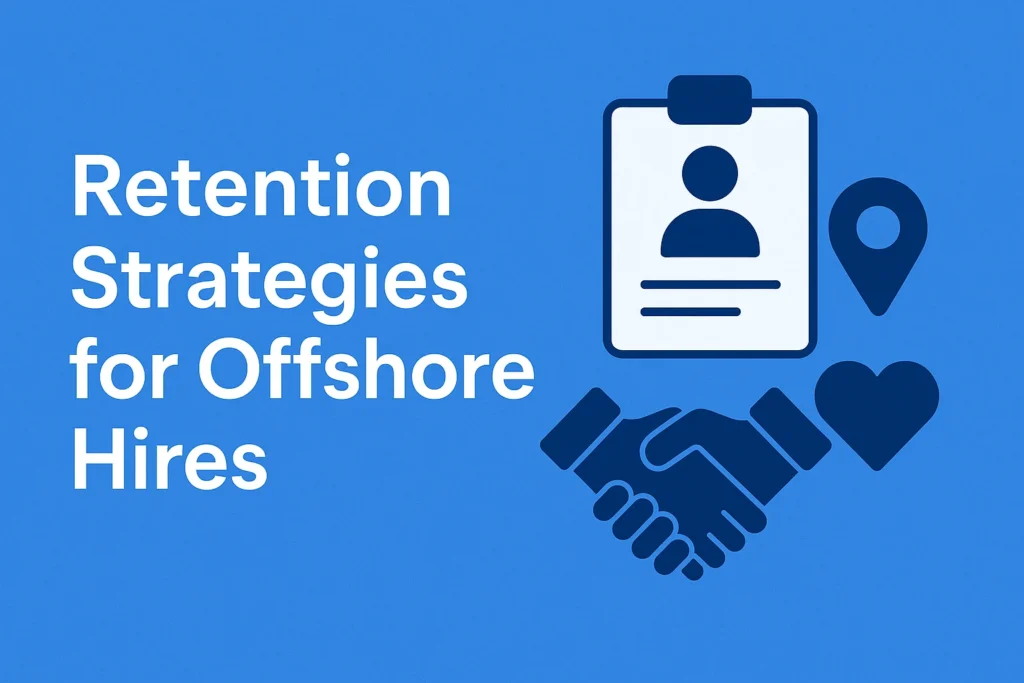Offshore teams play a critical role in scaling your operations, but without structured onboarding, they may struggle to perform at their best. A clear onboarding process ensures offshore employees integrate smoothly and stay productive. This article explains why onboarding offshore talent matters and how to do it right.
Why Offshore Onboarding is Different
Offshore employees face challenges around:
- time zones
- language and culture
- tools and processes
- team cohesion
A structured approach minimizes these barriers.
Key Elements of Effective Offshore Onboarding
1
Pre-boarding Communication
Share expectations, job descriptions, and resources before day one.
2
Role Clarity
Define responsibilities and success metrics clearly.
3
Systems Access
Ensure accounts, tools, and security credentials are ready on day one.
4
Orientation and Training
Provide process manuals, video tutorials, and a buddy system to help new hires learn.
5
Cultural Integration
Introduce the company’s values, mission, and culture through virtual events or welcome videos.
6
Frequent Check-Ins
Hold structured touchpoints in the first 30, 60, and 90 days to monitor progress and address roadblocks.
Benefits of Structured Offshore Onboarding
- Faster productivity
- Better retention
- Stronger engagement
- Fewer mistakes
Conclusion
Thoughtful offshore onboarding sets employees up for success and protects your investment in global hiring.



